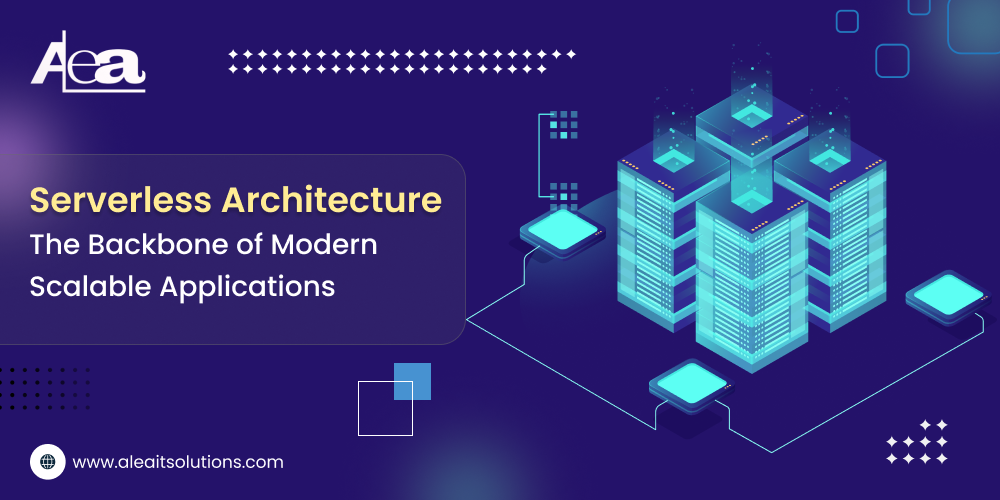In the world that sometimes developed software development, scalability and efficiency are the major drivers of innovation. One of the most transformational progress in recent years is server -free architecture. It has become the backbone of modern, scalable applications, enabling developers to focus on code rather than infrastructure. This article examines the concept of server -free architecture, its benefits, challenges and its impact on the future of software development.
What is Serverless Architecture?
Serverless Architecture allows developers to manufacture and run applications without managing the underlying infrastructure. Unlike the name, the servers are still present, but they are far away, and are managed by cloud providers such as AWS, Google Cloud and Microsoft Azure.
Developers can deploy server server maintenance, scaling, or provisioning, without worrying about the events executed in response to the events or pieces of the code. It is often known as a function as a service (FAAS).
Key Features of Serverless Architecture
- Auto-scaling: Applications automatically scale up or down depending on demand.
- Cost Efficiency: You only pay for the time used, eliminating costs associated with passive servers.
- Event-driven execution: Code is triggered by events such as API calls, database changes, or user interactions.
- No server management: Cloud provider handles server maintenance, updates and security.
Benefits of Serverless Architecture
1. Cost Savings
With serverless, you eliminate the requirement of upfront infrastructure investment. You only pay for what you use, which can significantly reduce costs for variables or unethical traffic applications.
2. Scalability
Server -free applications automatically score based on the number of requests. This means that your app can handle spikes in traffic without any manual intervention.
3. Faster Development
Developers can focus on writing code instead of managing the server. This accelerates the development process and allows for sharp recurrence.
4. Enhanced Flexibility
Server -free tasks can be written in many languages and easily integrated with other services. This allows for more modular and flexible architecture.
5. Global Availability
Server -free platforms run in many fields, allowing you to deploy close applications to users for better performance and reliability.
Challenges of Serverless Architecture
1. Cold Starts
Serverless functions may experience delays when they are first invited, known as cold starts. This can affect performance for delayed-sensitive applications.
2. Vendor Lock-In
Relying on the server-free platform of a specific cloud provider can make sellers lock-in, making it difficult to switch the provider or adopt multi-cloud strategy.
3. Debugging and Monitoring
Debugging server -free applications can be more complex due to their distributed nature. Comprehensive monitoring equipment are necessary to maintain performance.
Use Cases for Serverless Architecture
- Web app: Dynamic website and single-position apps benefit from the cost efficiency of auto-scaling and servers.
- IOT application: Events are ideal for processing data from serverless functions IOT devices.
- API and Microservis: It is perfect for the manufacture of server -free microsarvis and API that can score independently.
- Data Processing: Servers are usually used for processing and analysis of large datasets.
- Chatbots and AI: Real-time event handling servers make a good fit for chatbots and AI-powered apps.
Future of Serverless Architecture
As technology develops, serverless architecture will possibly become even more integral for modern application development. Innovation such as edge computing and better cold start performance will address the current challenges, giving the servers a more attractive option.
Hybrid solutions that combine server -free with traditional infrastructure will also receive traction, both offering the best world’s best.
Conclusion
There is a revolution in serverless architecture as to how applications are made and deployed. Its scalability, cost-evilness and flexibility make it a powerful tool for modern developers. Scalable, businesses looking for the manufacture of high-demonstration applications should find out the benefits of server-free technology.
AleaIt Solutions specializes in serverless architecture and cloud solutions. To know how we can help your business to use the powerless power for your next project.




